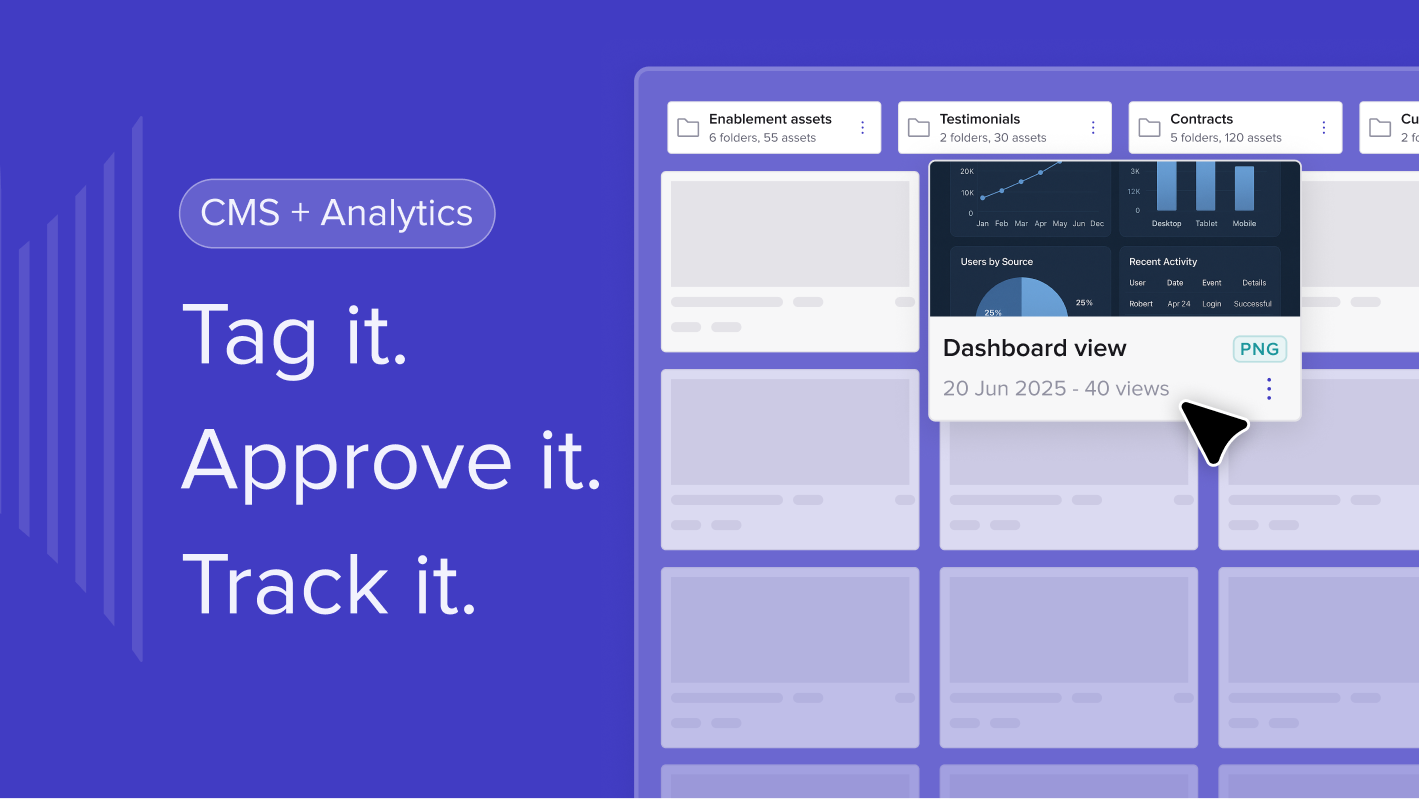Key takeaways
Annual sales planning helps SDRs and AEs break big targets into manageable actions. Working backwards from your yearly goal clarifies what needs to happen each month and quarter. Tracking clear KPIs and staying flexible ensures you stay on target and adjust to changes throughout the year.
As the new year rolls in, sales teams across the UK are preparing for the challenges and opportunities that lie ahead. For Sales Development Representatives (SDRs) and Account Executives (AEs), this time of year is crucial for setting the stage for success. Annual planning is the foundation for hitting your sales targets, and understanding how to work backwards from your goal is a key strategy for making those targets a reality.
How to set your starting point
First, understand your numbers. Know your annual sales target and break it down into monthly and quarterly goals.
Example:
- Annual target: £1,200,000
- Monthly target: £100,000
- Quarterly target: £300,000
This gives you clear checkpoints to measure progress and adjust tactics.
Working backwards to your sales goals
Now that you know the revenue targets you need to hit, it’s time to work backwards. This involves breaking down your sales process into smaller, actionable steps.
1. How should SDRs plan lead generation?
For SDRs, the first step is generating enough qualified leads to pass on to AEs. This means working closely with marketing, using tools like CRM platforms, and leveraging LinkedIn, email campaigns, and other outreach methods to fill the top of the funnel. The number of leads you need to generate will depend on the conversion rate from qualified leads to opportunities.
Let’s say your sales cycle shows that 20% of qualified leads convert into opportunities. If your goal is to secure 50 opportunities this quarter, you need to generate 250 qualified leads.
Example:
- Quarterly target: 50 opportunities
- Lead-to-opportunity conversion rate: 20%
- Number of leads needed: 250
This is a simple formula that can help guide your outreach efforts and ensure you’re generating the right volume of leads for AEs to close.
2. How should AEs plan to close deals?
Once the leads are passed along to AEs, their task is to convert those opportunities into closed deals. To do this effectively, AEs need to have a deep understanding of the buyer’s journey and be able to demonstrate the value of your product or service at every stage.
Working backwards from your quarterly or annual targets, determine how many deals need to be closed to hit your sales goal. For example, if your average deal size is £25,000 and you need to close £300,000 in revenue for the quarter, you need to close 12 deals.
Example:
- Quarterly target: £300,000
- Average deal size: £25,000
- Deals needed to hit target: 12
Having this breakdown will help AEs prioritise their time, focus on high-value prospects, and adjust their approach if necessary to close deals more efficiently.
How to set useful KPIs
As you work backwards to hit your sales targets, it’s essential to establish key performance indicators (KPIs) for both SDRs and AEs. KPIs help keep track of progress and ensure that efforts are aligned with the bigger picture.
SDR KPIs might include:
- Number of leads generated per month
- Response rate to outreach emails
- Number of discovery calls scheduled
- Number of qualified leads passed to AEs
AE KPIs could focus on:
- Number of opportunities closed per quarter
- Conversion rate from opportunity to closed deal
- Average deal size
- Length of sales cycle
By monitoring these KPIs regularly, you can identify trends, spot potential issues early, and make adjustments to your sales strategies. Annual planning isn’t just about setting targets—it’s also about tracking and optimising your efforts to hit those targets.
Why is flexibility important?
Plans can change. Market shifts, customer needs and team capacity may affect targets. Review your KPIs regularly, learn from trends, and tweak your plan to stay on course.
Final thoughts on annual sales planning
Annual planning helps SDRs and AEs break big goals into realistic steps. Work backwards, know your KPIs, and adjust along the way. The clearer your plan, the more confident you’ll be to handle challenges and make 2025 a success.
FAQs
Why is working backwards so effective for sales?
It clarifies how much outreach and closing activity is needed at each stage so you don’t fall behind on your annual target.
What tools help with annual sales planning?
A CRM, digital sales room like trumpet, and clear dashboards for KPIs help keep you on track.
How often should I review my plan?
Check progress monthly. If you’re behind, adjust your tactics to stay aligned with your goals.
What if my average deal size changes?
Update your targets and deal count calculations so you stay realistic and focused.

.svg)
.svg)
.svg)
.svg)
.svg)
.svg)
.svg)
.svg)
.svg)
.png)
.svg)
.svg)
.svg)
.svg)

.svg)
.svg)
%201.svg)
.svg)
%201.svg)



.svg)




.jpg)














![How to Get Started with Buyer Enablement [With Examples]](https://cdn.prod.website-files.com/65cf4fecbed2754c2236665d/65cf4fecbed2754c22366bdb_65a5af83e742f76e34ce06f3_Customer%2520Onboarding%2520_%2520Everything%2520you%2520need%2520(2).png)
.png)



.png)



.png)












.png)


.png)


.png)
.png)







